Dogs of War is seemingly about hats. Or at least that was my first impression when I opened the box. The game comes with some seriously cracking miniatures, each representing the mercenary Dog of War you’re playing as. For some reason they’re all wearing hats. Really, really big, flamboyant hats. Fortunately when you move beyond the hats and into the game itself what you find is an intriguing euro game with the theme and gloss of more traditional war game. It’s a fine example of a games mechanics working in unison with its theme. Most importantly…who doesn’t like miniatures with awesome hats?
• Designer: Paolo Mori
• Publisher: Cool Mini or Not & Spaghetti Western Games
• Number of Players: 3-5
• Playing Time: 75 mins
I’d like to preface this review with a quick discussion on theme and lore in board games. Theme is the overarching story that ties the games mechanics together. Some games treat theme like a light salad dressing, something that adds little to the mix and can largely be ignored. This is not a criticism – great games like Splendour and Dominion are all about rock solid mechanics and the fact you’re a jewel merchant or duke is of little importance. Other games do the complete opposite and favour theme over mechanics. Games like XCOM and Betrayal at the House on the Hill contain some rather annoying game design decisions but are held together by an over-abundance of theme. In between these two extremes are the rare gems where theme and mechanics work together in unison. A few examples jump to mind – games like Android Netrunner and Dead of Winter.
This brings me onto lore – the deeper and more detailed story that some games have. Many games simply don’t bother. Others derive their lore from the intellectual property they’re based on – games such as Battlestar Galactica and Game of Thrones. Other games create a back-story for their world and disperse that material online or in the game manual. Dogs of War is one such game. Set in the original steam punk world of Gravos it follows the War of Succession. King Ethelred is dead and the six grand houses are battling it out to see who will rule when the dust settles.
You, however, don’t play as one of these six houses but instead you play as a third party, one of the titular Dogs of War. Left alone the six grand houses are evenly matched and every battle will end in a stalemate. It is only with the assistance of these mercenary armies can one side win. Playing as a Dog of War you want the War of Succession to end with you in a position of power. The winning house and who becomes king are largely irrelevant to you as long as you end up as one of the most powerful people in all of Gravos.
Underneath this layer of theme is a deep and mechanically sound Euro-game. It’s basically a worker placement game where you position your captains and soldiers on various battlefields collecting rewards as you go. Each round, represents a year in the war and every year three battles are fought – each house randomly fighting another. As well as the houses each side of each battle is given a random “Order of Battle Card”, providing 6 spaces for your captains to be placed. The mechanic is incredibly simple. Every year you have a small number of captains, and a small amount of money to spend on soldiers. Then, taking it turns you place a captain and one of your soldiers on one side of a battle, push that battle towards the house you backed depending on which soldier you contributed and then lastly take whatever reward is on the Order of Battle Space used. Repeat until everyone runs out of captains and/or soldiers.
Dogs of War takes this simple little mechanic and builds a beautifully nuanced and strategic game. First, there’s the Order of Battle rewards. Money is incredibly sparse in Dogs of War; you only get 3 coins every year and that will run out fast. Carefully placing your captains on the right spaces can increase your pool of available cash or simply provide you with soldiers directly, circumventing the need to spend money anyway. Then there’s scoring. At the end of each round the winning house in each battle is worked out. If you have captains on the winning side then you get points equal to the number of captains on the opposing side. Contribute the most captains to the winning side and you’ll also pick up a bonus reward, anything from money to soldiers to an extra captain for the next round. However, the bulk of your points at the end of the game will come from influence tokens. Like most resources in the game these come from the Order of Battle space rewards – back a house with a captain and a soldier, collect a couple of influence tokens for that house. Every time a house wins a battle they move along the house victory track. Win a decisive victory by thrashing an opposing house then they shoot up two places on this track whilst knocking their opponent down one. At the end of the game each of the influence tokens you have is worth the final position in its respective house. Have a tonne of tokens for House Hackett and they zoom ahead on the victory track? Well each of those tokens could be worth 4 or 5 points. Back the wrong side and all those House Bastiani tokens you’ve been collecting could be losing you points – each worth -1 at the end of the game!
It’s a really interesting point scoring mechanic. Closely fought over battles will get you a load of points there and then if you win but won’t move the house that far along the victory track. Conversely, decisive victories will push a house far along the victory track, but it’s unlikely any other players will bother opposing you. Why would they, all they would be doing is handing you more points? The Order of Battle rewards also create an interesting dynamic with regards to player order. Going first each rounds means you get the first pick of that years rewards. Perhaps you really want a few more influence tokens or maybe a free War Machine. Many rewards are only available if you provide a certain soldier. House Harlow ain’t gonna shower you in money if you just send them a lowly footman for their war. No you’ll have to send them at least a knight. Going first, or at least early on in the round allows you to get the best stuff before anyone else. However, more often than not going first is a serious hindrance. Going first means you have to play your hand before everyone else; you have to put your soldier first. You’re always on the back foot unable to react but, if you go later on the round, you can wait until the time is right and then pounce – picking the best battle and the best soldier for the job. Sure you might not get the best reward but it will be easier for you to swing the battles in the direction you want.
That’s where the tactics cards come in, the source of most of the nuance in Dogs of War. As with everything else you gain these cards as rewards from participating or winning battles, each one essentially allowing you to play with the games rules. Every turn, before you play a captain and soldier you have the opportunity to play one of these tactics cards. Some of them are simple, allowing you to increase the power of your soldiers or gaining a little bit of extra cash. There are a few however, that really mess play with the games rules and allow for some awesome strategy. First, there’s Opportunism, allowing you to get the order of battle reward twice but reduces the power of your soldier to zero. Really want a load of influence in the winning house? Then play opportunism to get a tonne of it one go – of course risking losing that battle in the process. Betrayal allows you to break the rules completely and place captains on the opposite side of a battle you’ve already invested in. Normally if you’ve played captains to one side of a battle your choice is locked in. If things go awry and the battle seems a certain loss well….unless you have a Betrayal card in hand then there’s little you can do.
When played it leads to some fantastic surprises. You and another player have invested heavily in one side of a battle. You both think you can win as long as you work together when the other guy pulls a betrayal card out of nowhere, jumps ship and joins all the other players to thrash you. As with every battle you win you get points for all opposing captains including your own, opening up some crazy strategic decisions! The third card is Temporize, one of the strangest and coolest cards I’ve ever seen in a board game. Its effect is simple – skip your turn. Normally, skipping or losing a turn in a board game is a very bad thing. You lose ground against your opponents and it’s widely regarded as a really cheap and unoriginal mechanic. Along with player elimination and roll-to-move it’s a big no-no. Yet here going after your opponents is often incredibly desirable. As with all of these tactics cards it allows for some great shock moves. You’re first to play this round and every player is waiting to see what you do – and likely oppose you in every battle. Instead you play a temporize delaying your action until everyone else has a go. Suddenly you go from being on the back foot to being in charge – now you get to react rather than being easy pickings for the other players.
There are so many other little pieces that link together. Each Dog of War has their own unique little power for example the Nameless Conqueror adds an extra 2 damage to every battle he participates in whilst the Stormcrow’s captains don’t award victory points to victors on the winning side. Taking all of these little pieces as a whole creates an incredibly thematic experience. Dogs of War is one of those rare gems where theme and mechanics work together in almost perfect unity. The random movement of captains and soldiers just clicks and it all just feels….right. However, this brings me back to lore. The theme, grand houses whacking the crap out of each other whilst mercenaries and other third parties help out, could fit into a host of established universes. Game of Thrones is an obvious example. House Hackett could easily be House Tyrell, the Stormcrow could be Varys. Yet, Dogs of War has its own lore, its own steampunk universe. It’s ambitious and commendable but unfortunately it feels forced. Out of the 36 page rulebook only 10 are actually devoted to explaining the rules of the game. The rest is maps of Gravos, detailed histories of each Dog of War, information on each house and important figures involved. It’s interesting and it’s reasonably well written but for some reason it just annoyed me. It didn’t help that the first two pages of the rulebook contain a letter written in horribly tiny scrawly writing. You’re beaten up with lore before you have a chance to understand what the game is even about!
Sure, the game is no worse off with or without this stuff and yes I’m probably being very unfair here. But there’s very little else to actually moan about with Dogs of War. I’m purposefully picking on something because there aren’t many other flaws there to point out. Personally I find the board a bit drab and dull but then other people probably appreciate it for its elegance and simplicity. More importantly it just doesn’t fit with the other beautiful components the game comes with. Each player has these fantastic, (massive hat wearing) miniatures and you place them on a boring beige board. There are possibly some balance issues but many of these are probably just us learning the game and getting to grips with each of the characters unique powers.
The struggle with reviewing Dogs of War is that I just want to keep playing it. Every time I play it I notice something new; some new avenue of strategy or some other interesting quirk. I wanted to iron out each and every mechanic, work out the every possible strategy and rigorously test the games balance. But for a game this deep that would take months of play time to crack. All I know is, right now, I really like Dogs of War. I can moan about the intrusive lore or about the dull board but I know I will play this game again and I know I will play it frequently.


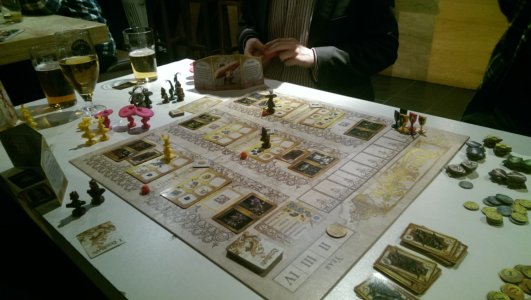
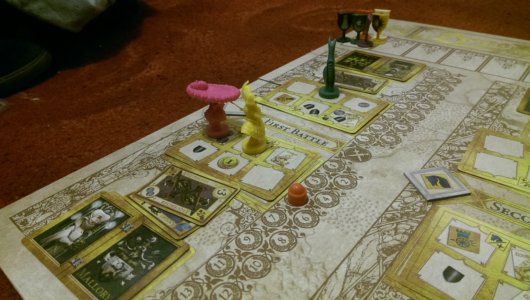
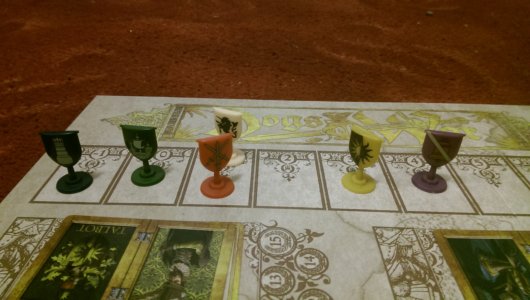
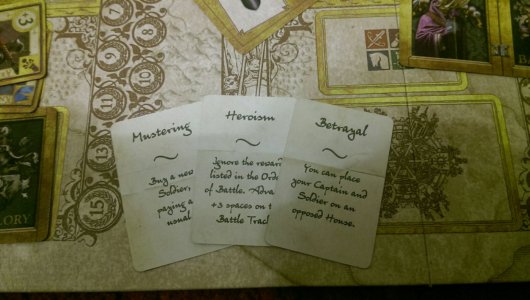
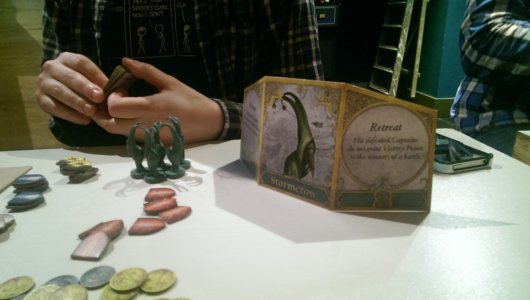
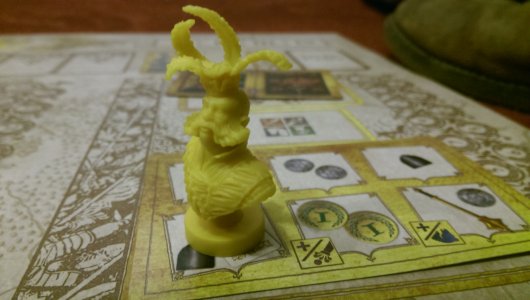
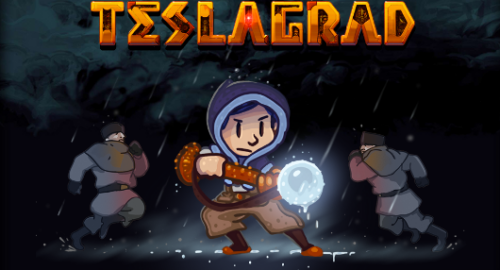
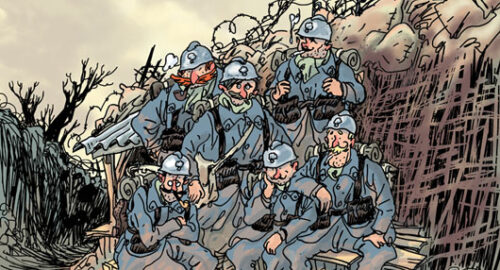
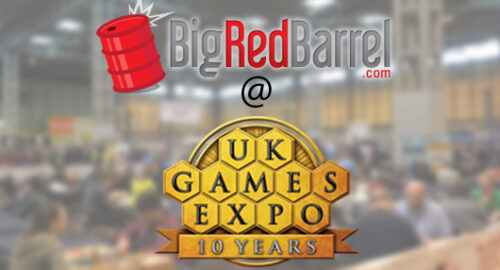
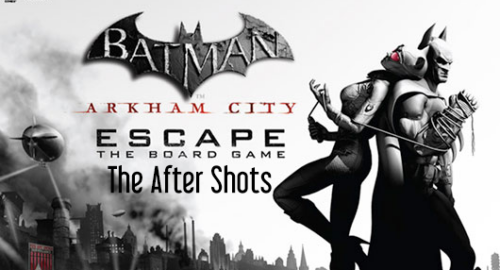
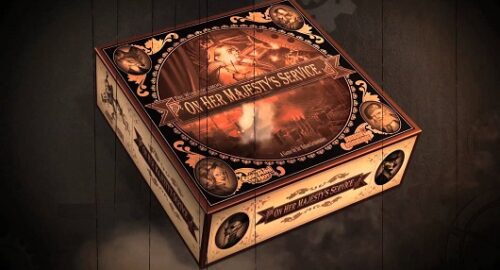
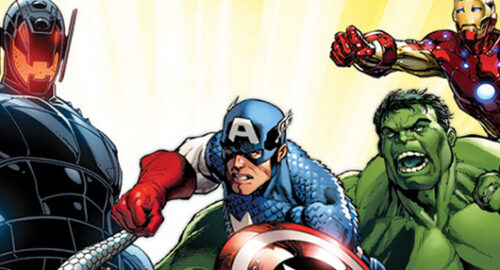
Evans Mbajah
Excellent Ist person review. Exceptional detail. Rich in quality; gr
asp of the gaming world.
Michael, please let me know under what terms your Dogs of War review can be used as a Postgraduate level writing sample.
Kind regards
Evans
Michael Barclay
Hi Evans,
I have no problems with this being used as a writing sample in theory. What is it you specifically want to use it for?
Thanks
Mike